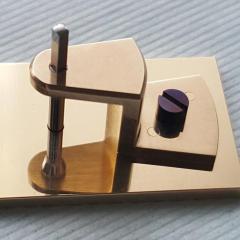Cousins pallet shellac
-
Recently Browsing
- No registered users viewing this page.
-
Topics
-
Posts
-
By MariusJacob · Posted
Good to know that Oldhippy is fine. I wish you a fast recovery, we, the noobs, miss you a lot. -
By HectorLooi · Posted
Managed to clear the short, cleaned and oiled the movement. Now testing for 24 hours before I case it up. The movement is so small that it's loose in my smallest movement holder. -
Looks like the kind of message that occurs when there are routing issues between your local network and the remote server the site is living on - there can sometimes be 20 or 30 hops and when there are issues some of those hops become unavailable temporarily for some people but for others where there is a different path being used the issues are not manifest. Another explanation, and this used to happen to me a lot with my ISP, is using the ISP DNS servers on your device or router sometimes is not as robust as changing to a public service such as 1.1.1.1 or similar. I was having a terrible time watching Youtube a while back - changed the DNS on my Apple TV to use 1.1.1.1 and problem solved. However, these issues tend to resolve themselves fairly quickly.
-
By watchweasol · Posted
As mentioned by the other members, it’s a dismantle job clean and inspect the solder joints. It’s an older generation using the paxolin pcb not the glass fiber ones.
-





Recommended Posts
Join the conversation
You can post now and register later. If you have an account, sign in now to post with your account.
Note: Your post will require moderator approval before it will be visible.